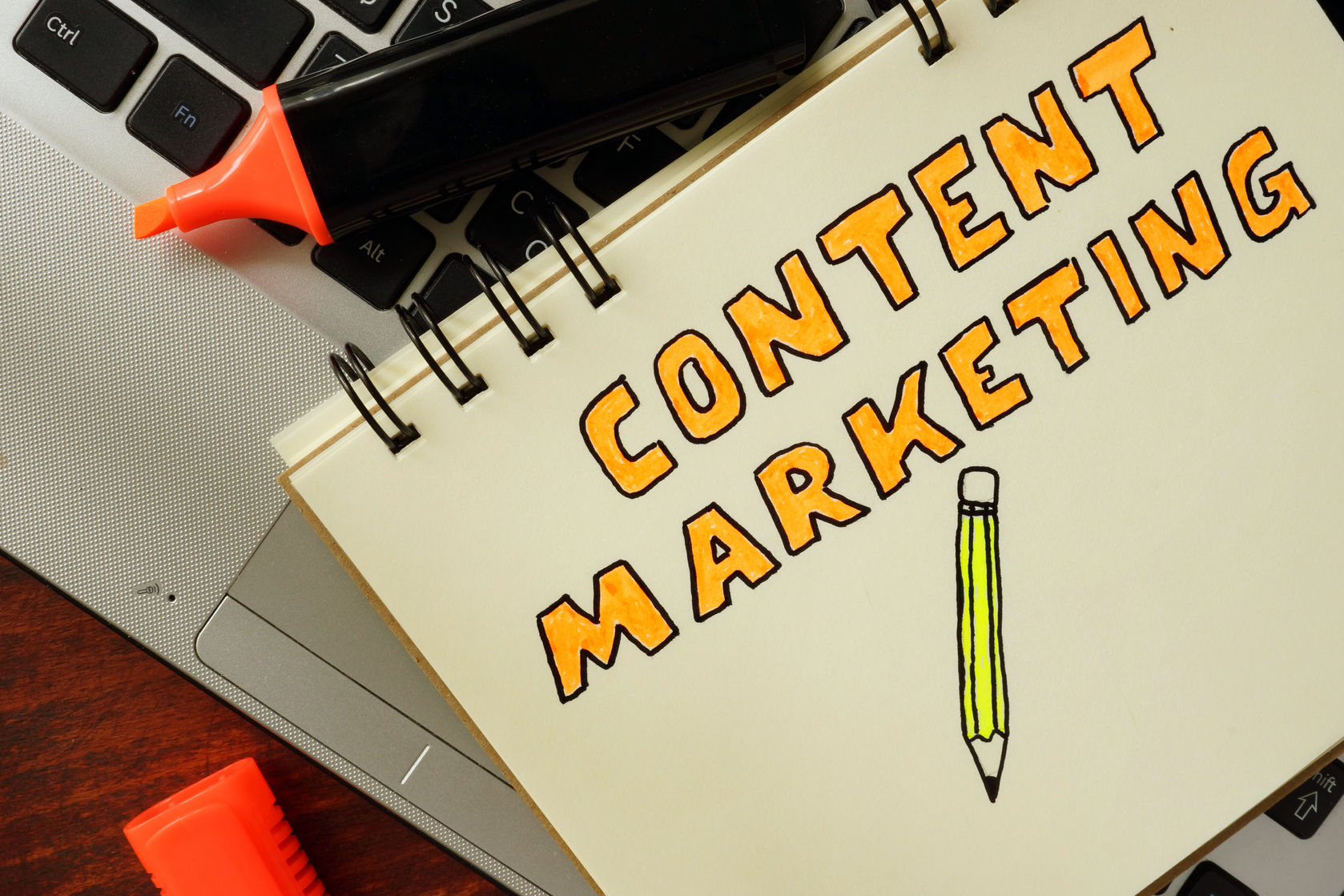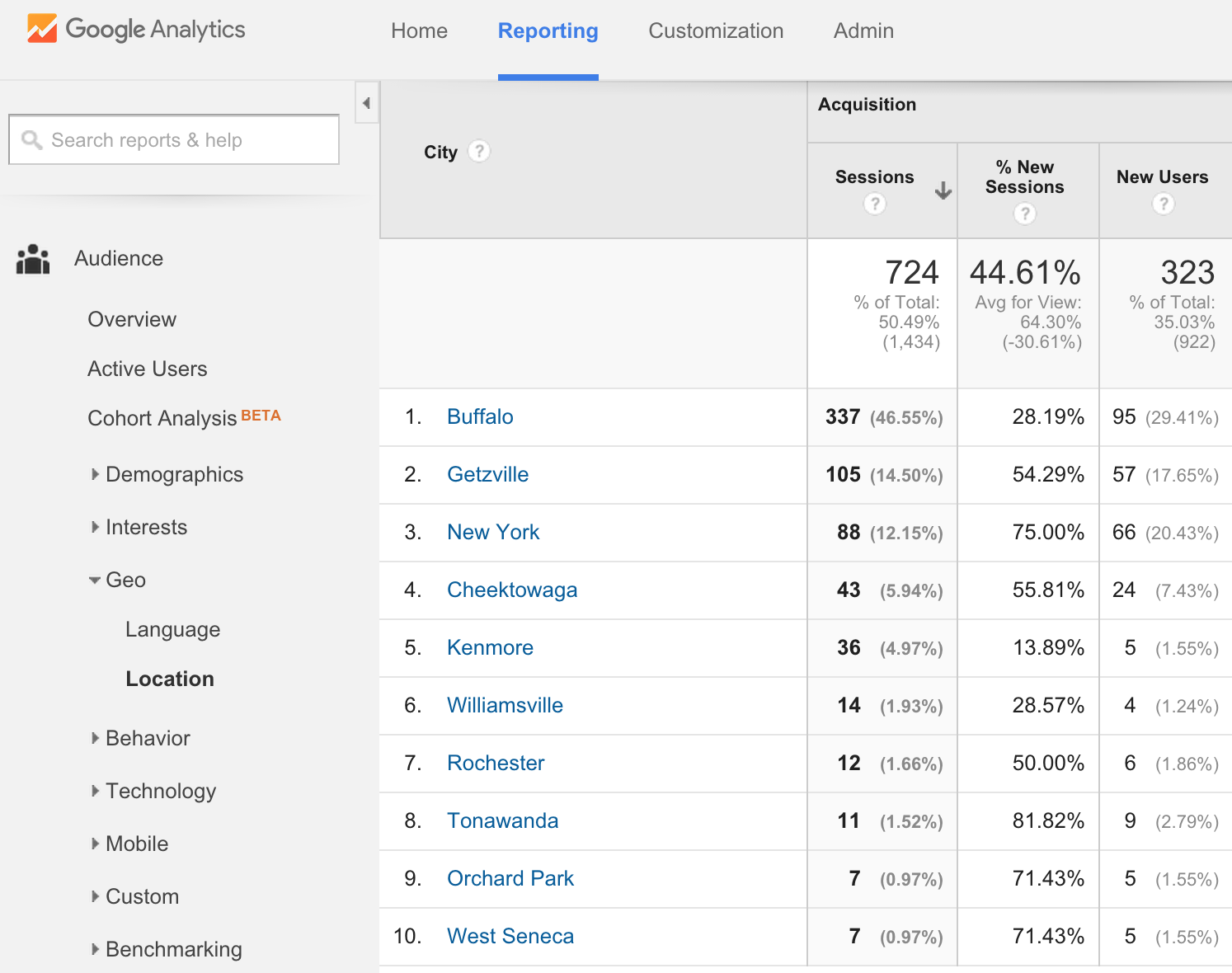
Media attribution refers to the measurement of how many visitors convert into buyers. There are several ways to do this. Data-driven attribution is the best way of measuring the effectiveness and impact of advertising campaigns. Another effective method to track users is the assisted conversions model. It tracks all media interactions, including mobile ads, search ads, and display ads. This attribution model will help you determine which media channels can be valuable and which aren't.
Data-Driven Attribution
Advertising budgets are being stretched across multiple channels, so attribution is hot. Traditional attribution methods only measure the effects of specific campaigns. Data-driven attribution measures the combined effect of several touchpoints. To track conversions, for example, a New York City tour operator might use data to identify which marketing channels are leading to sales. Combining data from all marketing touchpoints will allow the company to gain a better understanding of which marketing channels work best and how they can be improved.

You can assign credit to channels using data-driven attribution based on a set rules you have defined. Different rules-based models could highlight which media channels are more effective at driving first-time conversions and last-click conversions. They also may show which marketing channels are more effective at driving conversions, but this does not account for unique consumer behavior. Data-driven media attribution is a valuable tool to measure advertising effectiveness.
Multitouch Attribution
As a marketer, you've probably heard of multitouch attribution, but what exactly is it? Multitouch Attribution is a method to attribute sales to multiple touchpoints and identify the most successful. This type of attribution can be used to identify which campaigns, creatives, or placements are delivering the best results. This type attribution allows you to analyze how consumers interact with your brand and help you optimize your campaigns accordingly.
The most basic approach for multitouchattribution is linearattribution. This gives equal credit to all touchpoints along the customer's lifecycle. This approach is not as comprehensive as the other options. Another method, called time decay attribution gives credit to the touchpoint closest to conversion. This approach is best for long-term relations, but may not be applicable for shorter sales cycles.
Assisted Conversions
Media Attribution defines assist as interactions prior to a conversion. Display, search, mobile ads and assisted conversions all play a role in reaching customers where they are at each stage of their buying cycle. Advertisers can use assisted conversions analysis to identify the most profitable media channels for generating leads. Campaign optimization is critical, especially when it comes to long sales cycles.

If you are using the Multi Channel Funnel you can track the number and percentage of channels that contributed towards a conversion. Using this information, you can create a more comprehensive report and assign a percentage of a conversion to a specific channel. It also allows you to identify which sources are best performing, such as paid campaigns, referrals, social media and offline advertising. You can segment your campaigns based upon the number and type of conversions you receive from each channel.
FAQ
What is content marketing?
Content marketing works because you create valuable and engaging content that adds value.
You build relationships with your audience by providing useful information, solving problems, entertaining, or engaging them. People respond well to positive messages from brands they know and trust.
People enjoy reading things that interest them. When you create something that interests them, your readers will return for more.
Your content should drive people to take action - whether buying your product, signing up for your newsletter, visiting your website, or sharing your article via social media.
Writing compelling copy that engages and informs your target audience is key to content marketing success.
Can I just post links to other sites' content?
Yes! This is link building. Linking back from other websites is a great way for your site to get more traffic. Links to credible sources should only be included.
What does content marketing have to offer that is different from traditional advertising.
Content marketing is different. Traditional advertising focuses only on getting attention. Traditional advertising is often a waste of money because most people ignore it. However, content marketing can lead to much higher engagement rates.
Statistics
- Measure your goals with a progress indicator of 0-100%. Make your goals collaborative and transparent (semrush.com)
- According to research compiled by Coschedule: Companies that publish 16+ blog posts a month get as much as 3.5x as much traffic as those that publish 0-4 posts a month. (criteo.com)
- This marketing strategy landed Ford a 15.4% conversion rate. (neilpatel.com)
- According to our research, 65% of companies with very successful content marketing in 2021 ran content audits at least twice a year. (semrush.com)
- To further show the importance of this, 89% of people have stopped doing business with a company because of a poor experience. (neilpatel.com)
- Forty-seven percent of buyers view 3 to 5 pieces of content before engaging with a sales representative. (mailchimp.com)
- Progress indicators (0–100%) allow each team member to see how attainable each goal is and understand what remains to be accomplished. (semrush.com)
- Seventy-two percent business to business (B2B) (mailchimp.com)
External Links
How To
How to Create a Press Release that Is Effective
Press releases can be a powerful way to establish authority and credibility in your field. They also help you build relationships with journalists and other influential contacts.
But many business owners struggle to write a press release because they lack the skills required to craft compelling copy.
These are some things to remember when you create your next press release.
Know Your Niche
Before you write your press release, make sure you understand your niche. This includes understanding your niche and what makes it unique.
For example, suppose you're a real estate agent. If this is the case, you may want to include information about your professional affiliations. This could include the association you belong too and how many years you've been in the business. Also, you might mention your ability to work with clients and offer excellent customer services.
Add Keywords to Your Title
The title of your press releases is often the most important. It's often the first thing that search engines see in your press release, so make sure it grabs everyone's attention.
The best titles include keywords related to your product or service. If you are selling custom-made wedding gowns, you might use terms like wedding gowns, bridal dresses, or custom wedding dresses.
Make sure your headline is relevant
Your headline should be the first line of your press release. It's what people will read first, so it has to be catchy and relevant.
A press release is a first attempt at creating one. You may not know exactly what type of content will work best. You can compare different headlines to see which one is the most effective. See which ones generate the highest click rates.
Google can also be used to search for your company name and "press release". The top results will provide you with a good idea about what topics work well.
Perhaps you've heard the expression "write for your self, but publish others." This is true. However, you should not just publish a press release without considering who your audience might be.
Write With A Purpose
Three sections are typical of most press releases:
Each section includes specific elements that allow readers to quickly grasp the key points of your message.
Executive Summary
This section is typically the shortest. It usually consists of one paragraph that summarizes your press release.
Body
This area is where you will provide information about your product. This is where you can explain the benefits of your products and services.
Conclusion
This section is the last of your press release and includes two paragraphs. First, summarize the key takeaways from your body. Then end on an optimistic note by stating something positive about your business.
Here's an example of a conclusion:
"My new book offers practical advice to anyone who wants to improve their fitness and health. I hope that my book helps me achieve my personal goals.
Don’t Forget To Include URLs
When sending out press releases, it is common to include a link to your website. Did you know that there are many types of links?
Here's a quick look at the different types of links you should add to your press release:
-
Email: Include a URL in your press release if you send it via email.
-
Social media: Add buttons for social media sharing to your website. By doing this, anyone who shares your press release will link to it.
-
Blog: Write an article about your press releases. Include a hyperlink to your press releases in the text.
-
Website: Link to your website directly using the URL from your press release.
-
Directory Submissions: Send your press release to directories like Digg or Yahoo! Press Release Directory.